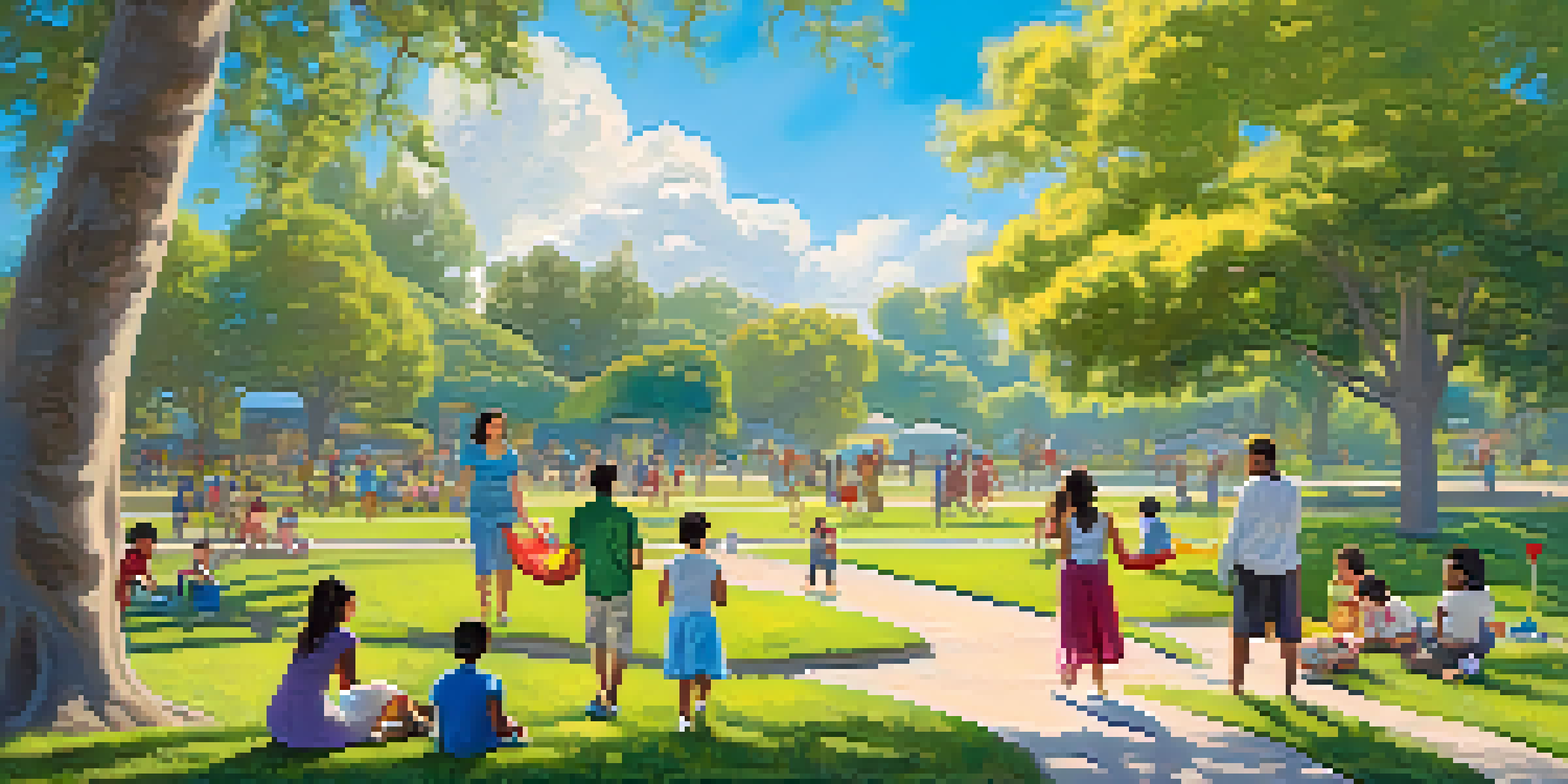The Role of Birth Rates in California's Demographic Changes

Understanding California's Birth Rate Trends
California has seen significant fluctuations in birth rates over the decades, influenced by various social and economic factors. In recent years, the state has experienced a decline in birth rates, which has raised questions about its long-term demographic health. This trend reflects broader national patterns, but California's unique cultural and economic landscape adds layers to the discussion.
Factors Influencing Birth Rates in California
Several factors contribute to California's changing birth rates, including economic conditions, access to healthcare, and shifting societal norms. For instance, many couples are delaying parenthood due to financial concerns or career aspirations, leading to fewer births overall. Additionally, changes in family planning methods and attitudes toward parenthood also play a crucial role in these trends.
Declining Birth Rates Impact Growth
California's declining birth rates are slowing natural population growth, making immigration a more vital factor for the state's demographic landscape.
Impact of Birth Rates on Population Growth
A decline in birth rates directly affects population growth in California, which has traditionally been a hub for immigration. As fewer children are born, the natural population increase slows down, making immigration a more critical factor for overall growth. This shift could have long-term implications for the state's economy and labor market.
Age Demographics and Their Implications
Changes in birth rates have led to an aging population in California. With fewer young people entering the workforce, there could be challenges in supporting an older demographic. This age shift can affect everything from healthcare services to social security systems, requiring strategic planning to address the needs of both younger and older residents.
Aging Population Challenges Ahead
With fewer young people entering the workforce, California faces potential challenges in supporting an aging population and ensuring economic stability.
Cultural Diversity and Birth Patterns
California's rich cultural diversity also shapes its birth patterns, with different communities exhibiting unique trends. For example, some immigrant populations may have higher birth rates, contributing to a more varied demographic landscape. Understanding these patterns is essential for policymakers to create inclusive programs that cater to all communities.
Economic Implications of Birth Rate Changes
The economic ramifications of declining birth rates cannot be overlooked. A smaller workforce may lead to labor shortages in key industries, affecting everything from agriculture to technology. Businesses and government will need to adapt to these changes by investing in automation and training programs for the existing workforce.
Education Influences Family Planning
Higher education levels, particularly among women, are linked to delayed childbirth and fewer children, highlighting the importance of educational access in shaping demographic trends.
Education and Its Link to Birth Rates
Education plays a pivotal role in influencing birth rates in California. Higher levels of education, particularly among women, often correlate with delayed childbirth and fewer children. This trend highlights the importance of educational access and its long-term effects on demographic changes and economic stability.
Future Outlook: Birth Rates and Demographics
Looking ahead, California's demographic landscape will continue to evolve as birth rates fluctuate. Policymakers, educators, and community leaders must work collaboratively to address the challenges and opportunities presented by these changes. By understanding the intricate relationship between birth rates and demographics, California can better prepare for a future that reflects its diverse population.